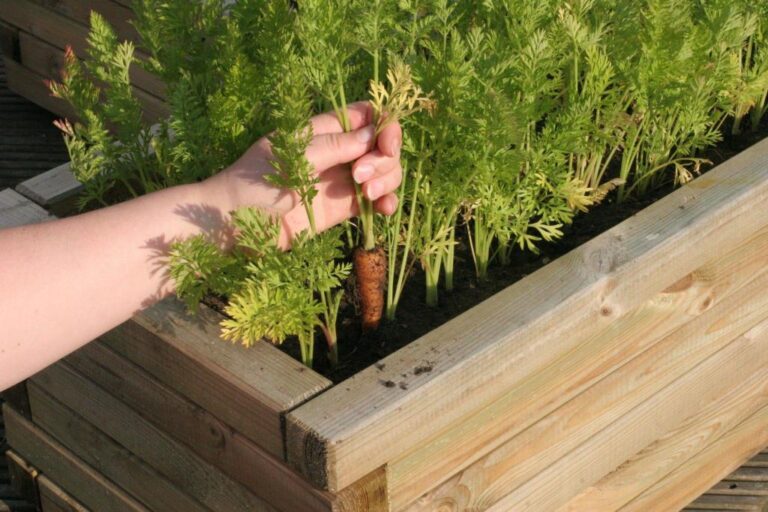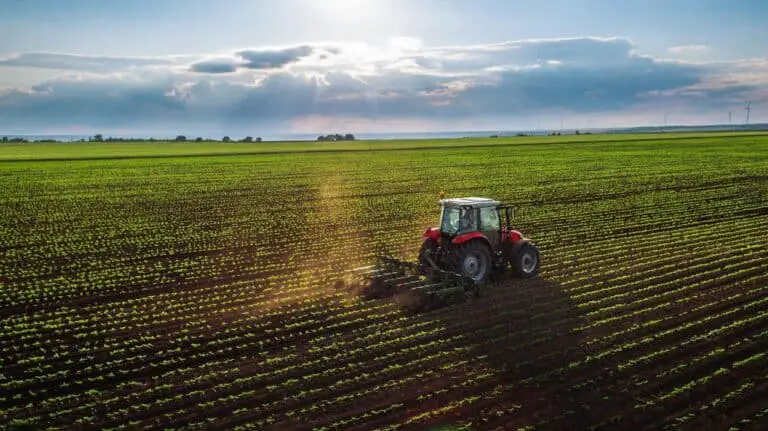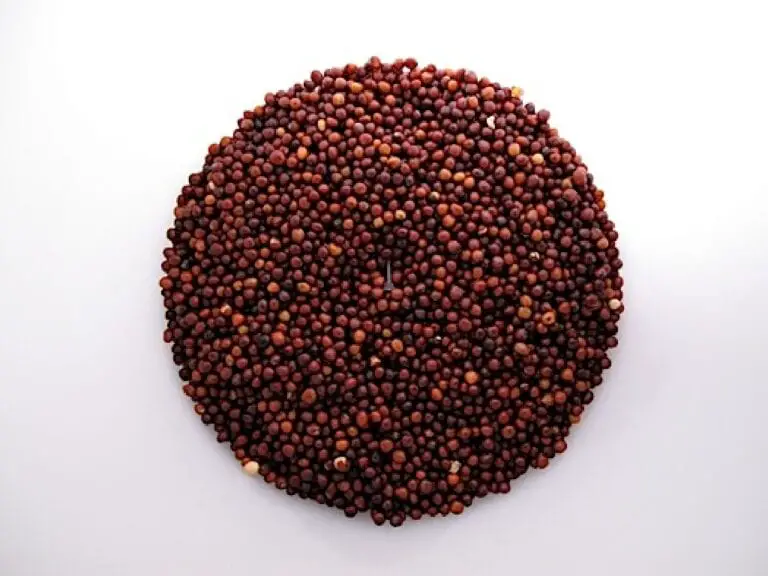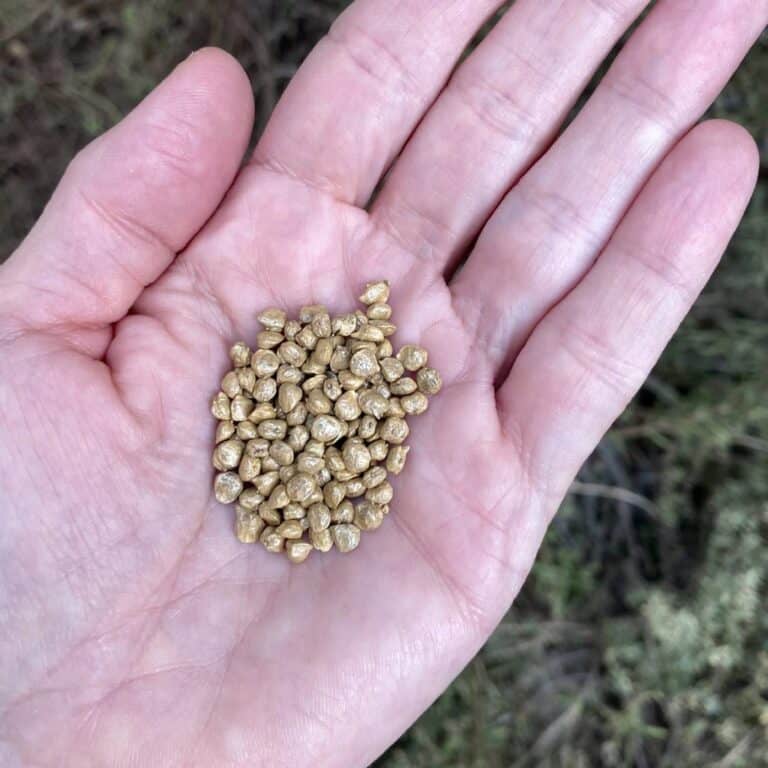Germinating Cabbage Seeds: Tips for a Bountiful Harvest

When I first ventured into gardening, cabbage felt like an intimidating crop to tackle. It wasn’t because I didn’t appreciate this leafy vegetable—I absolutely love a crisp coleslaw or a savory stuffed cabbage roll. However, growing cabbage from seed seemed like a new challenge. It was like entering uncharted territory in my gardening journey.
If you’re feeling the same way, take comfort in knowing you’re not alone. Germinating cabbage seeds might seem complex at first. But, it’s like making a hearty stew. There are a few essential steps and ingredients you need to get right, but once you do, the outcome is both rewarding and satisfying.
Successful cabbage seed germination requires knowing three basics: the right soil, proper watering, and ideal temperatures. When these elements come together, you can grow cabbage from seed. It’s a rewarding experience that yields a bountiful harvest.
The Basics: Getting Started
Before diving into the nitty-gritty, let’s talk about the basics. Cabbage seeds are small but mighty, and they need just the right conditions to flourish. Think of them like little engines waiting to start; they need fuel, warmth, and a little patience.
Here’s a quick rundown of what you’ll need:
- Cabbage Seeds: Choose a variety that suits your climate and taste. Early, mid, or late-season cabbages each have their perks.
- Seed Starting Mix: This should be light and well-draining. A good mix helps seeds stay moist but not waterlogged.
- Containers: You can use seed trays, pots, or even recycled egg cartons.
- Water: Not too much, not too little. Just enough to keep things moist.
- Warmth: Cabbage seeds germinate best at temperatures between 65°F and 75°F.
My Seed Starting Setup
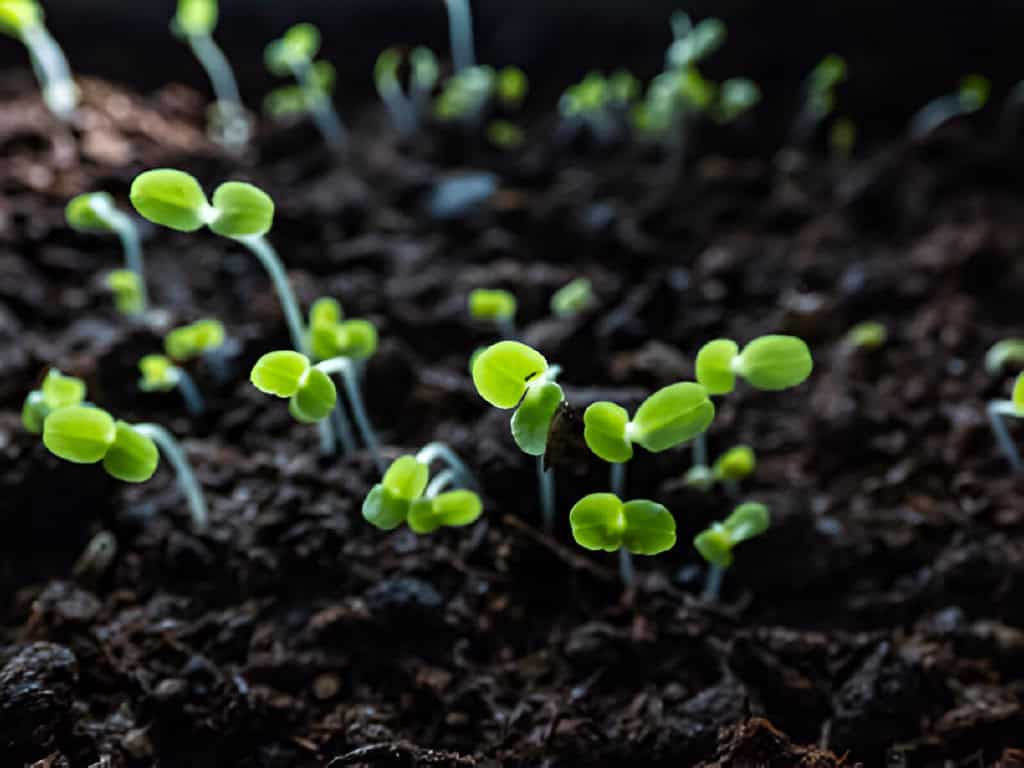
When I first tackled cabbage seeds, I felt like a kid in a candy store—excited and a bit overwhelmed. Here’s how I set up my seed starting area:
- Prepare the Soil: I mixed seed-starting soil with a bit of vermiculite for extra aeration. It’s like giving your seeds a soft bed to rest on.
- Plant the Seeds: I sprinkled the tiny seeds evenly across the surface of the soil. I didn’t bury them too deep—just a light dusting of soil on top.
- Watering: I misted the soil with a spray bottle, ensuring it was evenly moist but not soggy. Think of it as giving the seeds a gentle shower.
- Cover and Warmth: I covered the containers with a clear plastic lid to create a greenhouse effect. I placed them in a warm spot, like on top of the fridge, where they could catch a bit of warmth.
| Related: Should I Soak Cabbage Seeds Before Planting? |
The Germination Process: What to Expect
Germinating cabbage seeds is a bit like watching a pot boil. It feels like it’s taking forever, but then, suddenly, you’ve got sprouts! Here’s what to expect during the germination process:
- Day 1-7: You’ll see tiny roots poking out. It’s like the seeds are waking up from a long nap.
- Day 7-14: Little green shoots will begin to appear. It’s an exciting time—your seeds are turning into baby cabbages!
- Day 14-21: Once the seedlings have their first true leaves, it’s time to think about transplanting them.
Here’s a handy table summarizing the germination timeline:
| Stage | Days | Description |
| Seed Sowing | Day 0 | Plant seeds in containers. |
| Sprout Emergence | Days 1-7 | Tiny roots and shoots appear. |
| Seedling Growth | Days 7-14 | First true leaves develop. |
| Transplanting | Days 14-21 | Prepare for moving to larger pots or garden beds. |
Tips for a Thriving Cabbage Crop
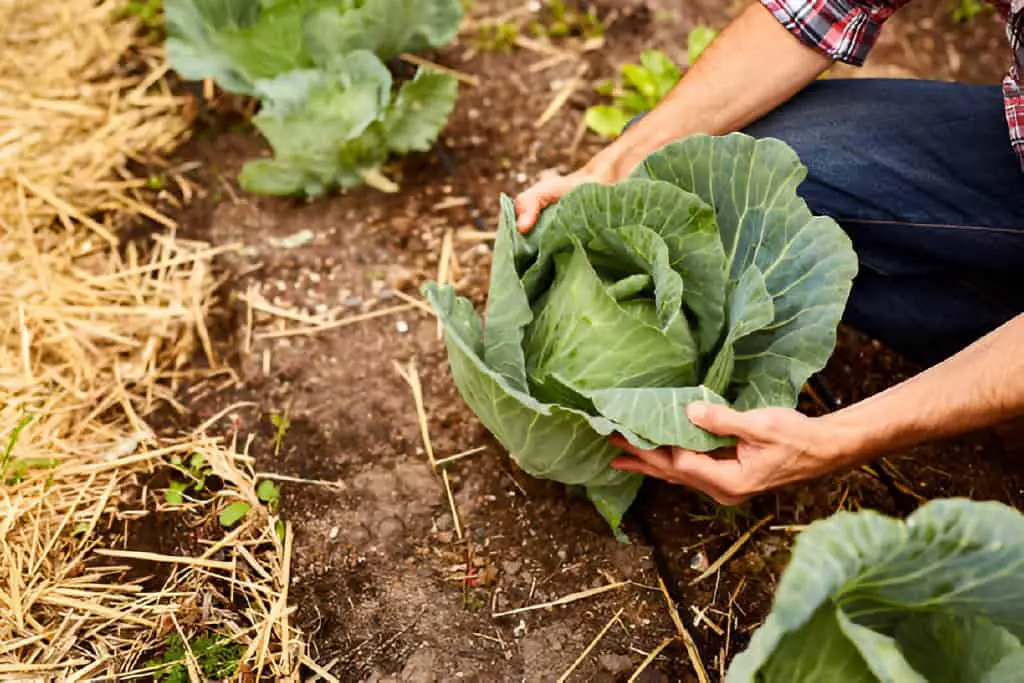
Having grown cabbage myself, I’ve picked up a few tricks along the way. Here’s what I’ve learned:
- Don’t Overcrowd: Give your cabbage seedlings space. If they’re packed in too tight, they’ll compete for nutrients and sunlight. It’s like trying to fit too many people at a dinner table—someone’s going to get left out.
- Provide Good Air Circulation: Seedlings love fresh air. If they’re in a cramped space with poor air circulation, they might get leggy or develop mold. Think of it as opening the windows in your home to let in some fresh air.
- Keep the Soil Moist: Consistent moisture is key. I used a spray bottle to keep the soil evenly moist. Avoid overwatering, though—it’s a balancing act.
- Use Grow Lights: If you’re starting seeds indoors, a grow light can help mimic natural sunlight. It’s like giving your seedlings a sunbath.
- Harden Off Before Transplanting: Gradually expose your seedlings to the outdoors before planting them in the garden. It’s like easing into a cold pool—give them time to adjust.
Troubleshooting Common Issues
Even with the best care, things don’t always go as planned. Here are some common issues and how to address them:
- Seeds Not Germinating: Check soil temperature and moisture. If it’s too cold or dry, your seeds might just be taking their sweet time.
- Leggy Seedlings: If your seedlings are tall and spindly, they’re probably not getting enough light. Adjust your grow lights or move them to a sunnier spot.
- Seedling Diseases: Mold or damping-off can occur if seedlings are too crowded or the soil is too wet. Improve air circulation and avoid overwatering.
Ready for the Garden: Transplanting Your Seedlings
Once your cabbage seedlings are ready to move, it’s time to give them a new home. Here’s how I approach transplanting:
- Prepare the Garden Bed: Make sure your garden bed is well-draining and enriched with compost. Cabbage loves fertile, loamy soil.
- Space Out the Plants: Space your cabbage plants about 12-18 inches apart. They need room to grow and develop their heads.
- Transplant Gently: When moving seedlings, be careful not to disturb their roots too much. Handle them by the leaves rather than the stems.
- Water Well: Give the newly transplanted seedlings a good watering to help them settle in. It’s like giving them a fresh start.
| Also read: How to Grow Cabbage in a 5-Gallon Bucket |
Enjoying the Fruits of Your Labor
Growing cabbage from seed to harvest is a rewarding journey. Watching those tiny seeds transform into full-grown cabbages is like watching a dream come to fruition. And when you finally get to enjoy that delicious cabbage in your favorite recipes, it’s the cherry on top.
So, whether you’re a seasoned gardener or just starting out, remember that patience and care are key. Germinating cabbage seeds might seem like a small step, but it’s the foundation for a bountiful harvest. Embrace the process, enjoy the learning curve, and savor the results of your hard work.
Happy gardening!

